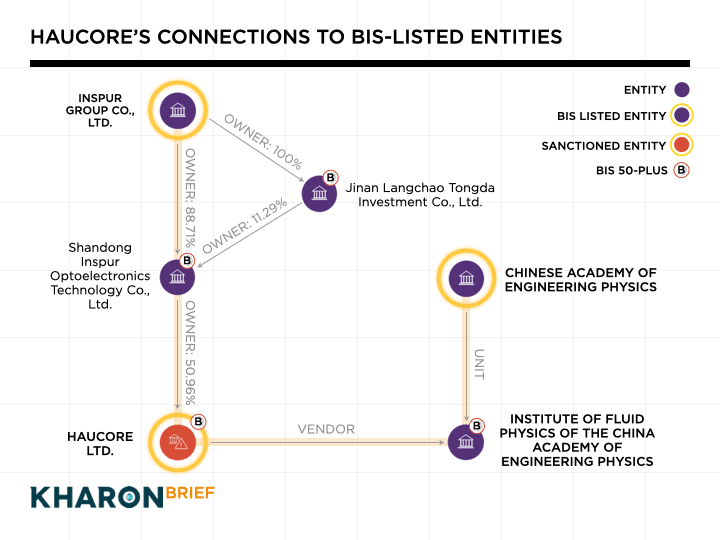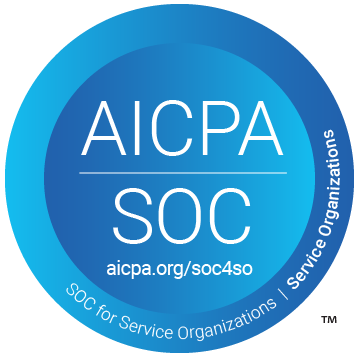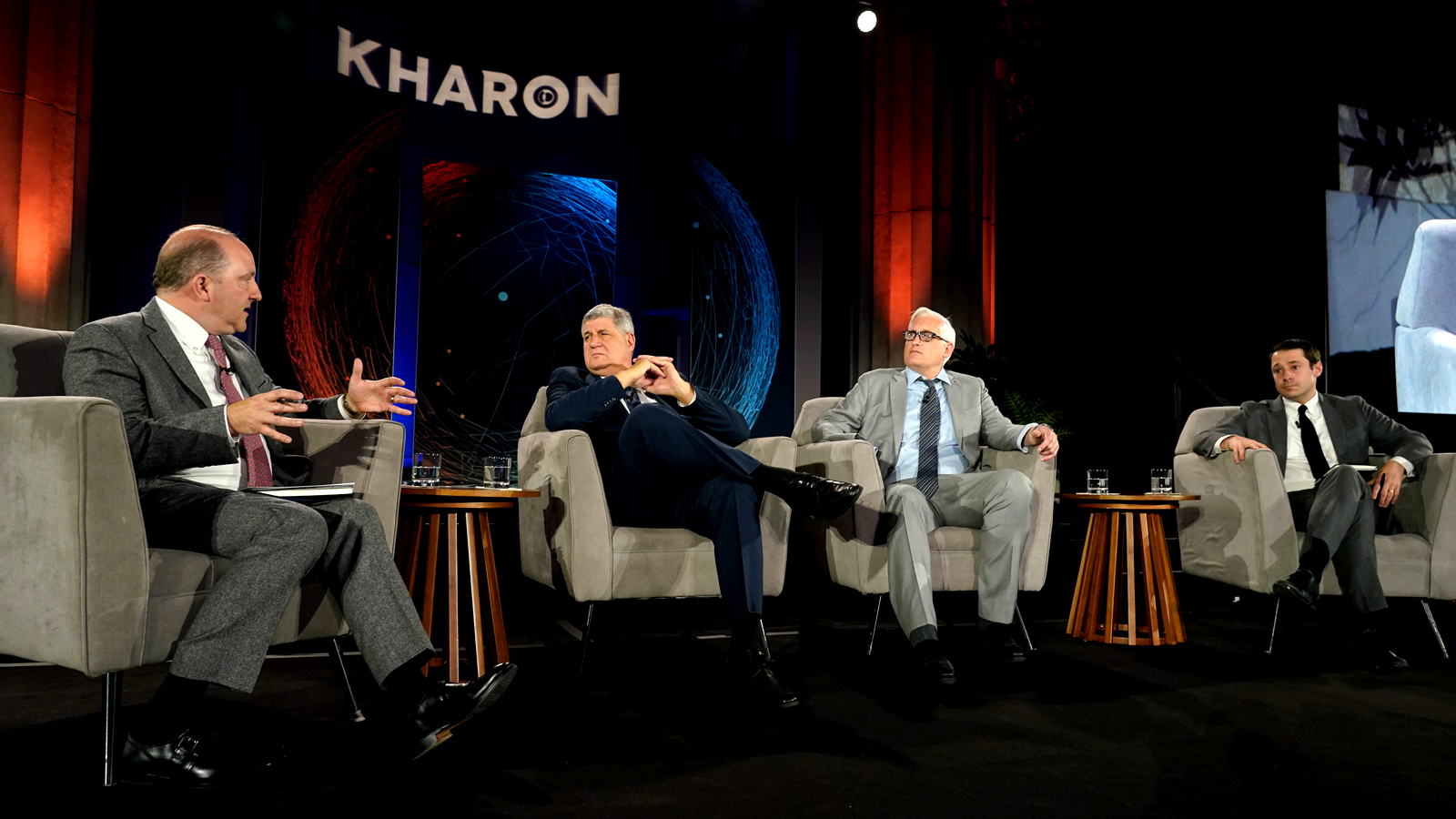The one-year suspension of the U.S. Bureau of Industry and Security’s Affiliates Rule presented exporters with a reprieve this month. But it’s not a full one.
BIS’s so-called 50% rule is now scheduled to snap back into effect in November 2026, and in the meantime, BIS’s broader enforcement against diversion, shell structures or front company schemes continues. And the underlying export-controls obligations continue to apply.
During the 50% rule’s suspension period, “BIS will continue to evaluate U.S. national security and foreign policy interests related to these non-listed foreign affiliates of listed entities,” the agency wrote last week.
That message evoked the longstanding BIS concern that prompted the Affiliates Rule in the first place: the risk that non-listed affiliates of blacklisted foreign actors could act as conduits for acquiring and then diverting sensitive U.S. technology.
Other obligations related to U.S.-listed parties that might not be as obvious remain in place:
One May 2023 joint alert issued by BIS and the Treasury Department’s Financial Crimes Enforcement Network (FinCEN) highlighted how illicit procurement networks rely on complex shell and front companies, often across multiple jurisdictions with layered ownership, to conceal links to sanctioned or Entity Listed actors. And BIS guidance from this past May, related to advanced computing integrated circuits, warned that opaque or complex corporate arrangements may signal efforts to mask beneficial ownership and circumvent export restrictions. It urged exporters to scrutinize ownership structures and transaction patterns.
These kinds of red flags remain central to U.S. regulatory expectations even during the one-year suspension of the Affiliates Rule.
A subsidiary of China’s Inspur Group shows some of the diversion risks and compliance considerations here in practice.
But a Kharon review of procurement records shows that, even before Haucore’s designation, it exhibited the same risk profiles as Inspur, purchasing advanced components from Western companies and selling finished products into China’s defense ecosystem.
In one notable 2021 bid, Haucore supplied a laser diode to the Institute of Fluid Physics of the China Academy of Engineering Physics, a unit of the Chinese Academy of Engineering Physics. BIS had added the academy to the Entity List in 2020, calling it “the technology complex responsible for the research, development and testing of China's nuclear weapons.”
BIS’s so-called 50% rule is now scheduled to snap back into effect in November 2026, and in the meantime, BIS’s broader enforcement against diversion, shell structures or front company schemes continues. And the underlying export-controls obligations continue to apply.
During the 50% rule’s suspension period, “BIS will continue to evaluate U.S. national security and foreign policy interests related to these non-listed foreign affiliates of listed entities,” the agency wrote last week.
That message evoked the longstanding BIS concern that prompted the Affiliates Rule in the first place: the risk that non-listed affiliates of blacklisted foreign actors could act as conduits for acquiring and then diverting sensitive U.S. technology.
The fine print: BIS guidance on diversion
The Affiliates Rule is the most prominent BIS mechanism aimed at curbing affiliates-based diversion risks, but it wasn’t the first.Other obligations related to U.S.-listed parties that might not be as obvious remain in place:
BIS’s Entity List FAQ, for instance, states that if a company “acts as an agent, a front, or a shell company for the listed entity in order to facilitate transactions that would not otherwise be permissible with the listed entity,” that would likely violate U.S. export controls.
BIS also encourages parties that “export, reexport, or transfer items subject to the EAR with knowledge that the items are destined to a subsidiary, sister, parent, or other affiliate of a listed entity” to take extra due-diligence steps to ensure the items “are not ultimately destined for the listed entity.”
One May 2023 joint alert issued by BIS and the Treasury Department’s Financial Crimes Enforcement Network (FinCEN) highlighted how illicit procurement networks rely on complex shell and front companies, often across multiple jurisdictions with layered ownership, to conceal links to sanctioned or Entity Listed actors. And BIS guidance from this past May, related to advanced computing integrated circuits, warned that opaque or complex corporate arrangements may signal efforts to mask beneficial ownership and circumvent export restrictions. It urged exporters to scrutinize ownership structures and transaction patterns.
These kinds of red flags remain central to U.S. regulatory expectations even during the one-year suspension of the Affiliates Rule.
A subsidiary of China’s Inspur Group shows some of the diversion risks and compliance considerations here in practice.
Case study: An Inspur subsidiary in China
Inspur Group is a major technology conglomerate that BIS added to the Entity List in March 2023, after determining that it had acquired and attempted to acquire U.S.-origin items in support of China’s military modernization efforts.- The Department of Defense had previously identified Inspur, in 2021, as part of China’s military-industrial complex, under section 1260H of the National Defense Authorization Act (NDAA).
But a Kharon review of procurement records shows that, even before Haucore’s designation, it exhibited the same risk profiles as Inspur, purchasing advanced components from Western companies and selling finished products into China’s defense ecosystem.
In one notable 2021 bid, Haucore supplied a laser diode to the Institute of Fluid Physics of the China Academy of Engineering Physics, a unit of the Chinese Academy of Engineering Physics. BIS had added the academy to the Entity List in 2020, calling it “the technology complex responsible for the research, development and testing of China's nuclear weapons.”

Such transactions, combined with Huacore’s ownership by a BIS-listed actor, created a risk that sensitive technologies could be diverted to U.S.-restricted parties.
Yet despite this risk, tender documents show that Haucore continued to receive sophisticated semiconductor fabrication technologies from Western companies as recently as the summer of 2024, including:
When uncertainty remains, BIS recommends reaching out to get an advisory opinion before proceeding.
Firms that use this one-year period to reassess, update and pressure-test their screening tools will be better positioned not only for the rule’s snapback but also for the broader, enduring landscape of export-controls diversion risks.
Yet despite this risk, tender documents show that Haucore continued to receive sophisticated semiconductor fabrication technologies from Western companies as recently as the summer of 2024, including:
- a vacuum deposition machine, used in the ultraprecise cleaning of films and interfaces, from a firm in California.
- an automatic photolithography machine, which uses light to imprint patterns onto silicon wafers, from a firm in Germany.
- plasma-based etching technology, from a firm in the U.K.
When uncertainty remains, BIS recommends reaching out to get an advisory opinion before proceeding.
The bottom line
The Affiliates Rule is designed to address many of the risk factors that U.S. regulators have been spotlighting but that list-based screening doesn’t capture, such as indirect ownership, front companies and non-listed affiliates acting on behalf of restricted parties.Firms that use this one-year period to reassess, update and pressure-test their screening tools will be better positioned not only for the rule’s snapback but also for the broader, enduring landscape of export-controls diversion risks.










